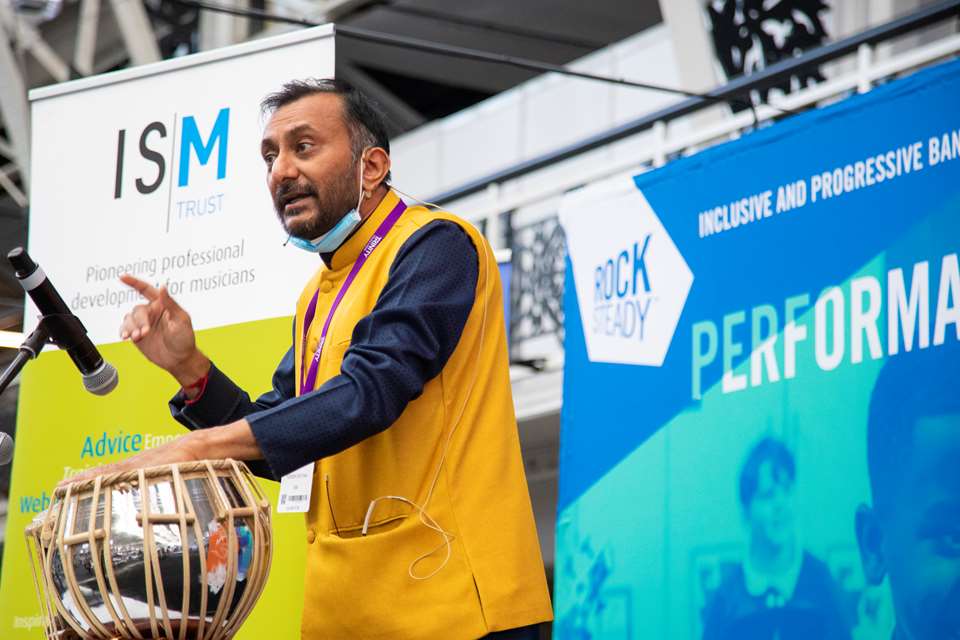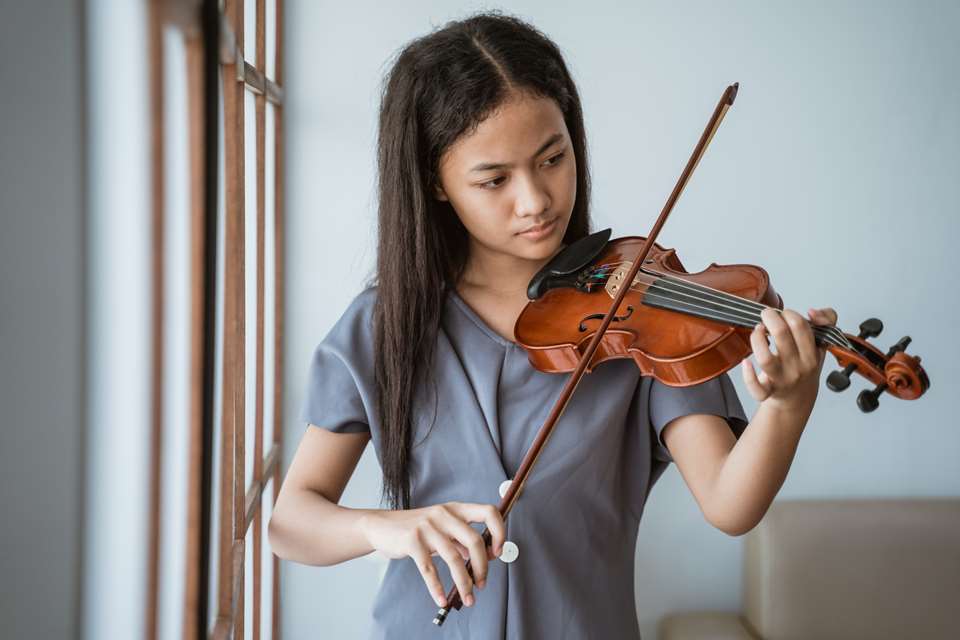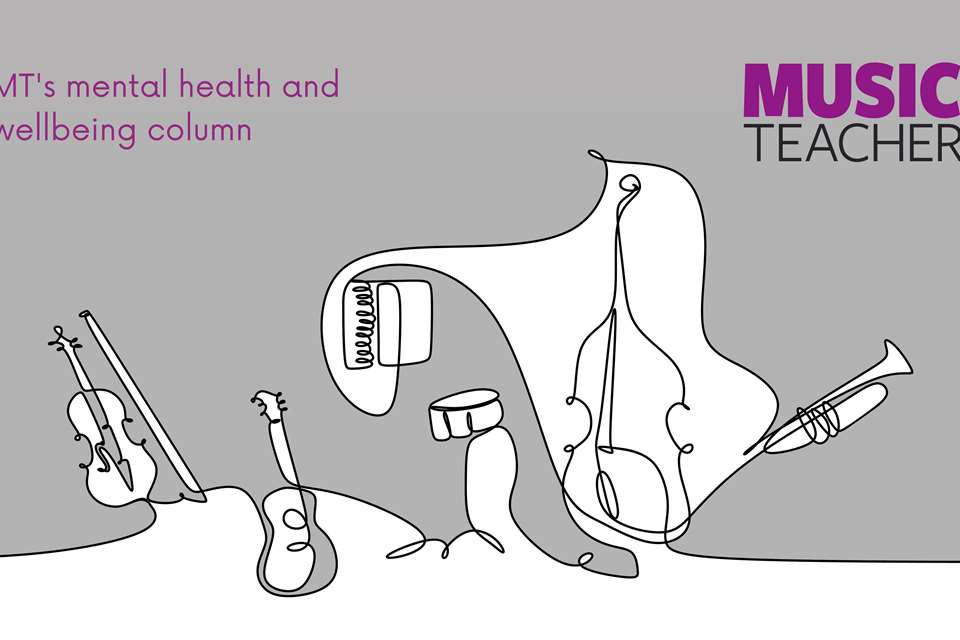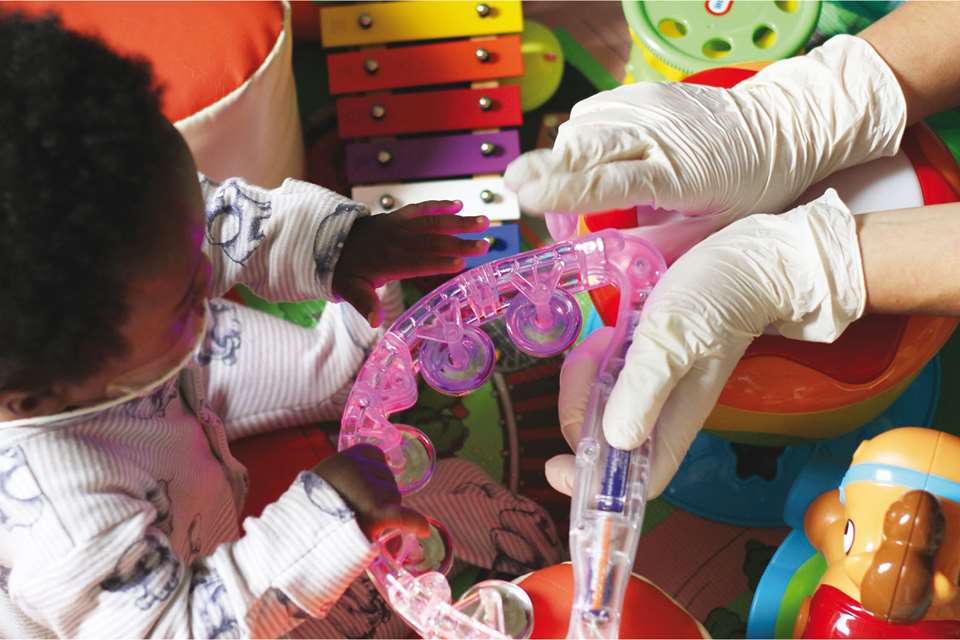Starlight in the dark: Music 4 Health for children in hospital
Hattie Fisk
Friday, July 1, 2022
From processing difficult experiences to writing songs about pizza, pilot project Music 4 Health is helping children in hospital express themselves through music. Hattie Fisk meets access and inclusion development leader Nicola Tagoe to find out more.
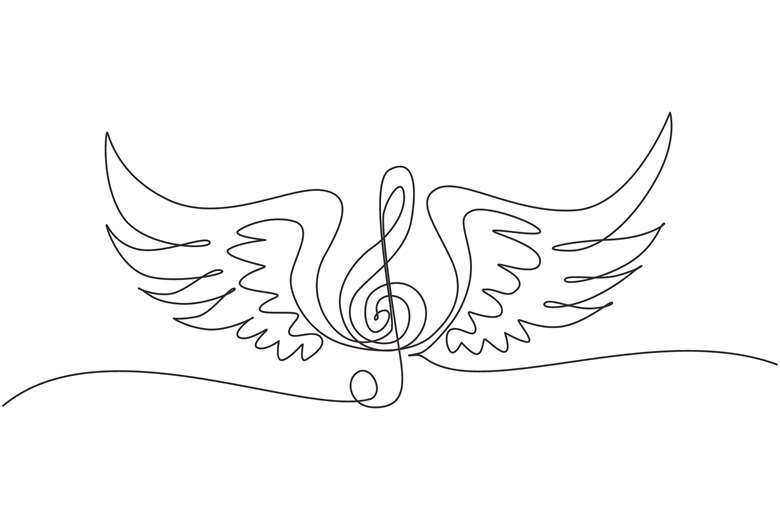
AdobeStock/Simple Line
‘An 11-year-old girl in the hospital would watch a pigeon land on her windowsill every day. When we asked her to name something that makes her happy, she said “Mr Pigeon's visits”, so we helped her write a song about him. There was a lovely moment where her mum was dancing around with a little shaker, and the girl had created this brilliant tune; it was touching that they both found joy through music in a very challenging environment.’
This is just one example that access and inclusion development leader at Ealing Music Service (EMS) Nicola Tagoe gives of the positive impact of the Music 4 Health scheme. This pilot project took place over four weeks in partnership with EMS, the Richmond Music Trust (RMT), the hospital school at West Middlesex University Hospital, and hospital charity CW+, as part of their long-standing and award-winning Arts in Health programme, designed to improve patient experience and environment. Consisting of four weekly two-hour sessions with patients, Tagoe tells me that its main aim was to facilitate a safe space for young people and take their minds off being in the hospital environment.
Enabling creativity
The sessions took a holistic approach to education, complementing and overlapping with the work of the hospital school. One-to-one sessions in creative music making on iPads were a central part of the scheme; the first two sessions were facilitated by EMS Music Technology lead, Ross Kenning, followed by two sessions from RMT music therapist and musician, Wim Koevoets.
Understandably, some of the children were tired from treatments and their symptoms, so it was important that each activity was taken at their own pace, says Tagoe. Being flexible was crucial to the sessions, as some of the children had experience of making music on GarageBand, while others were complete novices. Building up a track slowly with supervision, the children could express themselves creatively in a way they may not have attempted before. ‘We also asked the patients what kind of music they listen to, and what kind of things they wanted to create,’ says Tagoe. ‘We wanted to explore different sounds and support them to create little bits of music that they could have ownership of.’
The other half of the project entailed song writing sessions, in which Music 4 Health aligned itself with the creative work that the hospital school was already doing with the children. One example of this was looking at the books that they had been studying, and some poetry they had been writing. ‘We had one really nice session with a young patient who had written a really beautiful poem, which acted as a springboard into a song,’ Tagoe tells me. A notable memory that stands out for Tagoe from the song writing sessions was of a young girl who was going in for an operation and was not allowed to eat in preparation. When asked what she wanted to sing about, all she could think of was food, so she wrote a song about Domino's pizza.
Wellbeing and creativity
‘Giving young people the opportunity to create whatever music they wanted meant that the songs were always about topics that were very relevant to them,’ says Tagoe. While some patients used the sessions to distract themselves from being in hospital, for others it facilitated them processing their experiences. ‘One patient was wearing a breathing mask due to health difficulties. She decided to set her song to the tune of “Let It Go” from Frozen, but made the song about her, and about what it would be like when she is finally able to let go of her breathing mask when she got better. It was very much about processing her experience within the hospital in a constructive way,’ says Tagoe. ‘In that sense, the project was about wellbeing too.’
The restrictions of the hospital created some barriers for the music sessions, with social distancing rules and mandatory mask-wearing in place throughout. As many teachers will recognise, engaging children in a session when half of your face is covered by a mask is quite a feat. Finding different ways to achieve positive communication and connect with the patients was a challenge, Tagoe explains. This added another layer of complexity to the project, but in adapting and overcoming these hurdles, the pilot scheme was able to reach young people who needed it most.
Providing support
While a hospital is an extreme situation, over the past two years, teachers across the country have been forced to adapt to different rules, regulations, and modes of teaching. Creating a positive environment and encouraging young people to use music as a method of expression is important, as demonstrated by the results of Music 4 Health. ‘I think when presented in the right way, music can be really accessible,’ says Tagoe. It is inspiring to see the impact music can have on young people, and how it can help with wellbeing and confidence, as well as provide relief to those experiencing difficult situations. ‘We didn't want it to be a case of coming in and performing at the patient,’ Tagoe clarifies. ‘We didn't go in with a set agenda to teach a set of songs or repertoires or hit certain targets. We wanted the experience to be collaborative, and to listen to what the children wanted and needed.’
One thing that took Tagoe and the Music 4 Health team by surprise throughout the pilot was the response from parents of the patients. Some parents were heavily involved in the music sessions, contributing to the creation of songs, or adding percussion and dancing, while other parents used the session as a moment for themselves outside of the hospital room. ‘While we wanted to provide an opportunity for families to come together and engage, it was also nice to provide a break for parents if they wished, ensuring they were confident that their child was happy,’ says Tagoe.
Looking to the future
So far, 11 children and young people between the ages of two and 15 have participated in the one-to-one bedside music sessions, taking place on the Starlight Ward and the Sunshine Day Unit; but Ealing Music Service, Richmond Music Trust and the teams at West Middlesex University Hospital are exploring ways to expand and establish the project on a more long-term basis. There is also the possibility of setting up licenses to provide patents with unlimited access to the ‘VIP Studio’ package on hospital iPads during their stay, which the project was gifted by Charanga. A closing comment from Tagoe sums up the status of Music 4 Health nicely: ‘There is a lot we can do moving forward to expand the project, but this is a good start.’
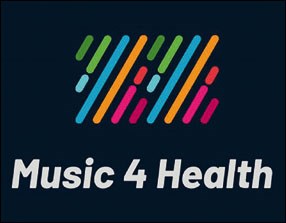
Follow the Music 4 Health project online for more updates: bit.ly/3LOsoQw
Twitter: @Music4Health


